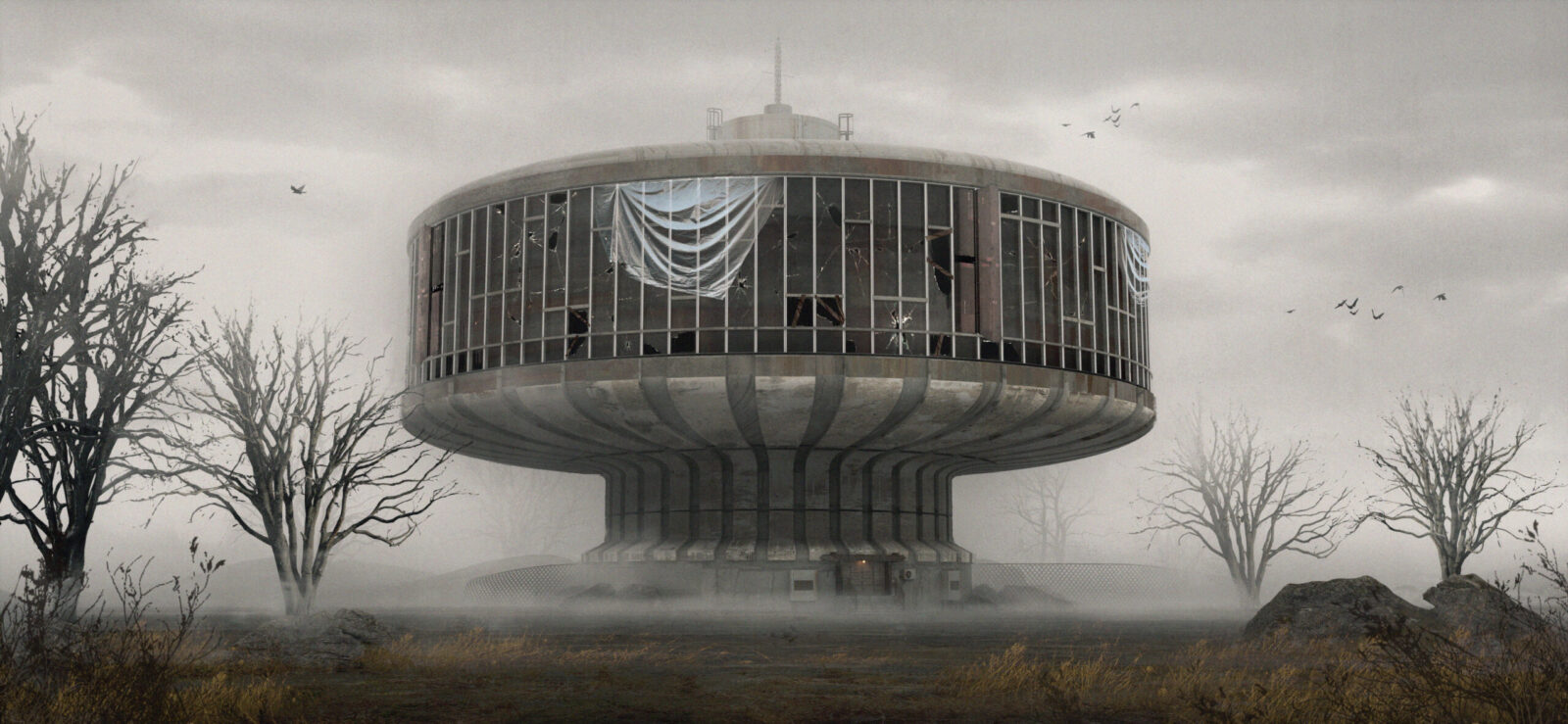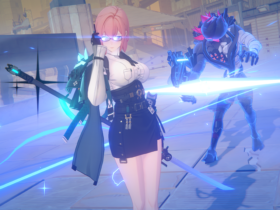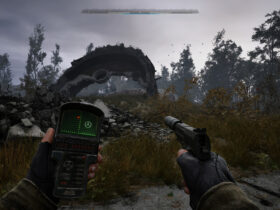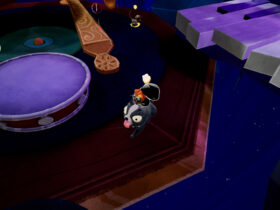As a child of a genre well-known and appreciated by many, City 20, a survival game set in a post-apocalyptic world, is the right answer to Frostpunk 2 and similar works. It’s bold to say so, especially when talking about an Italian team that, focused on detailing new approaches, brings their work to Steam in Early Access. The game not only offers a wealth of choices and various approaches but also concentrates its efforts on the timeless classics of a genre that remains infallible. Clearly, with the years passing since other works of this kind, we can only hope for the release of productions like this one. The gaming landscape is constantly changing and takes on different features based on what it has to offer.
In this sense, City 20 hits hard with its focus on the essentials. This is a noble goal in the current development landscape, which tends to offer ever-different scenarios and never-trite approaches. This is what we experienced, indeed, as we embarked on our journey filled with curiosity, eager to discover the myriad of situations that could unfold. Though this is just a preliminary assessment, we couldn’t be more enthusiastic about diving deep into the contextual and gameplay aspects of Untold Games‘ work, seeking a laudable and impactful solution to captivate the player’s attention. In this case, we admit to happily spending five hours within its world, grasping the essentials and realizing that surviving in such a chaotic environment is no simple task.
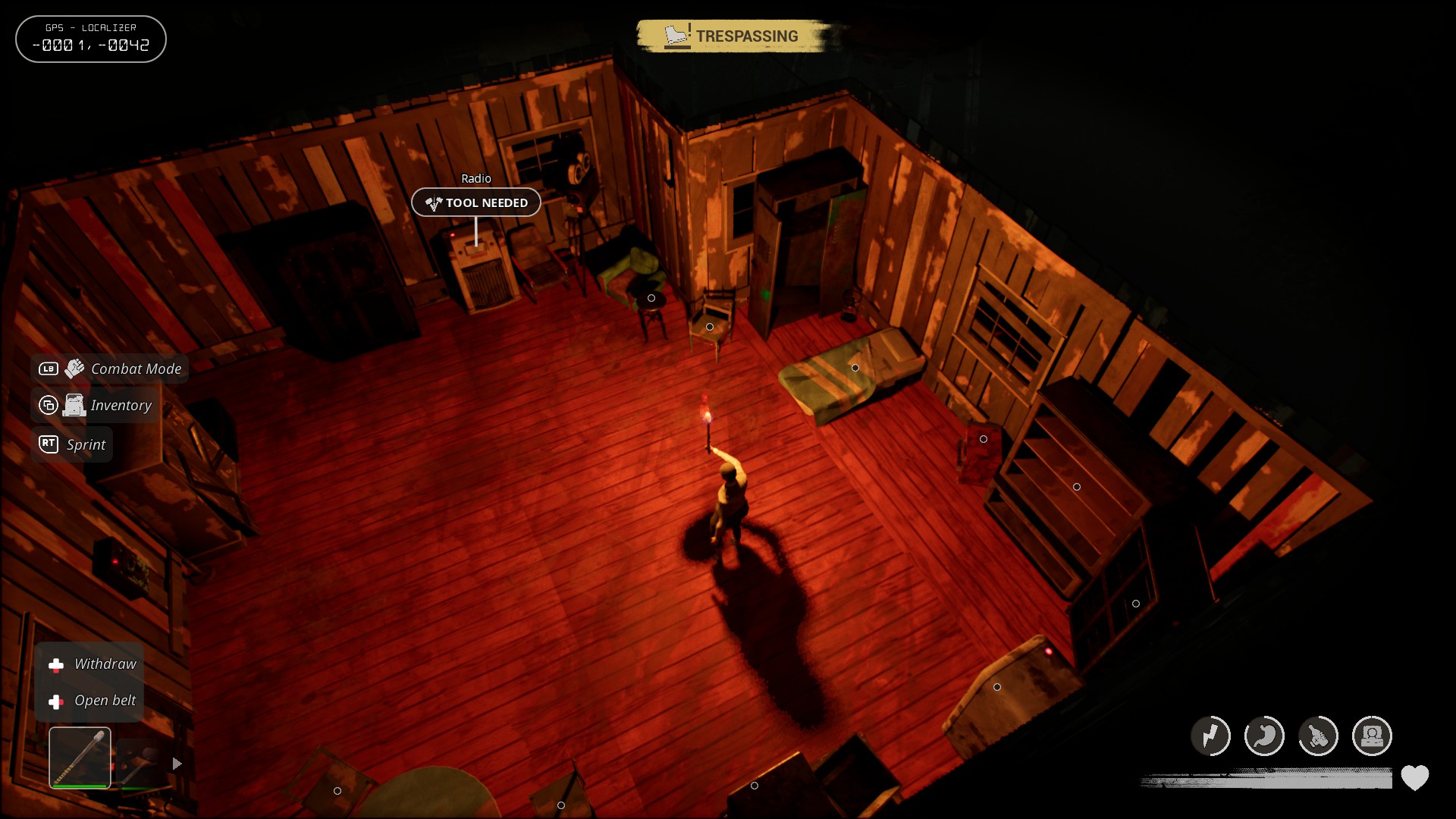
Of Contextualization and Great Impact
The previous comparison may not be entirely accurate. City 20, if the world had the right balance, is essentially just an isometric video game that allows you to move a character through a vast and complex game world. The setting, as mentioned before, is that of a post-nuclear Russia, an uncomfortable and difficult place for anyone seeking hope. It is, in fact, an inhospitable and chaotic area, dominated by internal forces that constantly strive to prevail over one another—often committing despicable acts in the process. What’s interesting is how the various situations unfold: always immersive, emotionally gripping, and well-targeted, the different stories that play out manage to create a significant impact, harmonizing with everything else waiting to be discovered. You start from an unknown location in the northwest of your initial position. A man, alone and consumed by pain, teaches you how to survive in a world dominated by sinister and brutal factions and characters.
Now, as much as we’ve experienced, it’s wise to proceed cautiously, preparing each situation intelligently while carefully considering that any scenario could prove dangerous. Thus, the underlying reasoning is crucial: any action taken, simple or otherwise, has its consequences. It’s an extremely punishing survival game that offers no leniency and, for the first two hours, keeps you from quickly grasping the main concepts. This approach is smart, as it highlights the depth laid bare by the Italian team, which makes the type of chosen approach clear: the sandbox style.

The sandbox genre, for those experiencing it for the first time, is one of the most appreciated on PC overall. Mount & Blade confirms this, and City 20 emphasizes it as well. The initial steps taken within the experience are dedicated to exploration, primarily focusing on crafting. The first action executed was breaking down a chair to gather logs, which were later used to create a stick; from this, we eventually crafted a hoe. The hoe proved useful for planting various seeds, primarily aimed at expanding a pumpkin crop to avoid constant theft.
In this sense, we even attempted to swindle a passer-by, earning their trust only to betray them. We travelled to nearby strongholds, keeping an eye out, performing an abominable role of trying to evoke pity. The outcome was clearly a story, as we managed to gain the trust of those who had prejudged us. The human relationships among characters are essential to highlight how delicate it is to coexist with the ongoing events. The first step, however, is ensuring everything is crystal clear from the start: there are no overly pronounced dialogue options, but we hope they may be added in the future. Currently, the team’s approach is perfectly aligned with what they aim to convey through their gameplay, which is the true core of the experience—not merely survival with the classic crafting elements nor shockingly similar to other works of its kind. Rather, it is captivating in terms of gameplay structure, engaging and never bland, capable of drawing players in and not letting them go.

City 20: A Gameplay in Progress
The production currently has solid foundations to surprise and immerse the player. This is clear from the very beginning, when it’s time to either fight or survive. Regarding crafting, let’s be clear: it’s not a complex or convoluted model; it’s actually very intuitive—simply access the main menu to select useful projects. There are plenty of materials to collect, always varied. It’s important, let’s clarify, to gather as much as possible without being swept away by impulsiveness or haste. It’s wise to gather a lot of wood, plant fibres, and a significant amount of food. It may seem brutal, but the real way to survive seems to revolve around betraying others and stealing all their belongings.
We often employed this strategy during our preliminary journey through the game. Apart from building and carefully planning how to procure food, combat skills are essential. While surviving with fists may seem intriguing, we recommend equipping a blunt weapon to fend off enemies. Interestingly, when you engage in combat, City 20 turns into a sort of beat ’em up. With a lock-on system, you can change the enemy marker based on whom you intend to strike down. The same applies to using firearms, which we recommend acquiring as soon as possible. It could be extremely challenging to achieve such a goal, yet the most interesting aspect of the game, supported by a game design that is as simple as it is enjoyable, has the incredible ability to capture attention.
The gameplay is currently smooth, packed with intriguing elements. It’s the fluidity of moments and experiences that draws you in. You start in complete silence with very few points of reference; gradually, though, everything expands in a wonderfully engaging and well-targeted way. The future, in this regard, remains to be seen. Beyond the necessary improvements to the very foundations of the gameplay structure, the development team needs to focus on eliminating dead moments. As of now, we’ve noticed very little randomness; the right recipe might be precisely this.
Finally, an important note: what truly captivated and surprised us, beyond the gameplay and the immediacy of the structure, is the art design. Each area is brimming with elements, hidden objects, and much more. The aesthetic impact is also significant, with so many positive aspects regarding the artistic direction. Witnessing rainwater erode concrete is something I wish for everyone, as is noticing the detailed tall grass and much more. This Early Access version was genuinely needed at this level.
City 20 is a work in progress that could astonish and leave players with much to ponder. The foundation of the work is solid, as is the depth in gameplay structure and engagement, supported by a fantastic way of showcasing their talents. Here, there’s plenty of talent, and we trust it can only improve further, as it rightfully should. The production surprises, leaves its mark, and is obviously appreciated.


